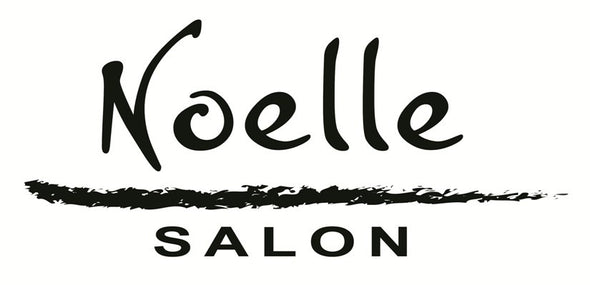Bleaching Virgin Hair: How to Avoid Common Mistakes

How to Avoid Mistakes When Bleaching Virgin Hair?
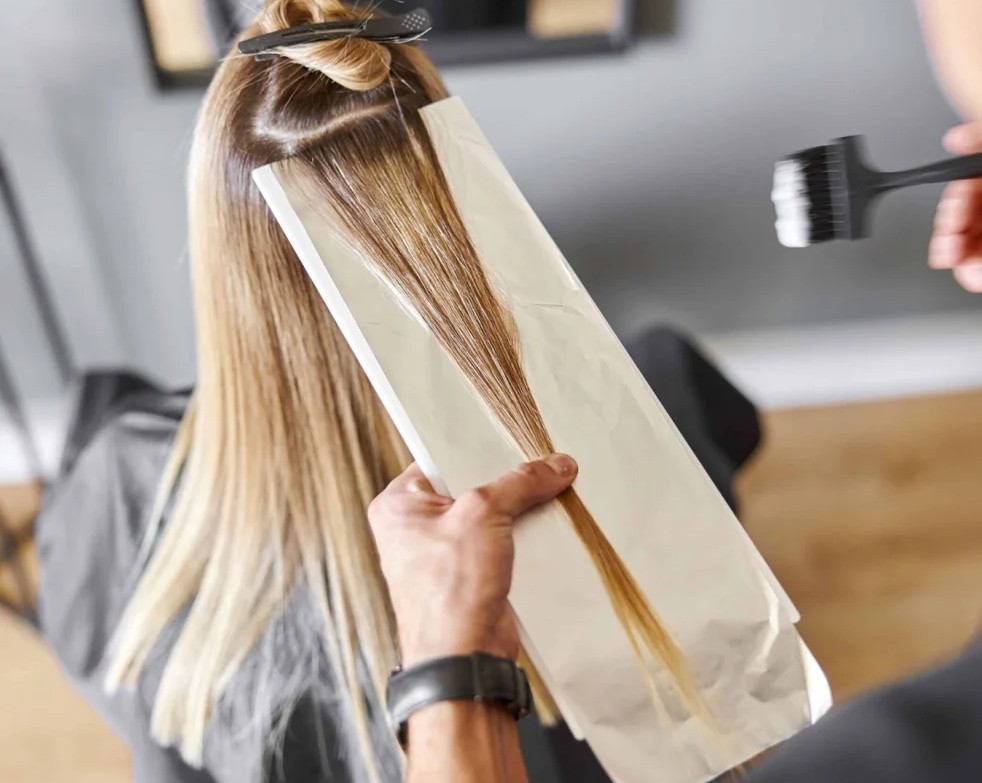
Thinking about going lighter with your hair color but wondering if bleaching is worth the risk? Bleaching is often necessary for achieving shades like platinum or pastel, but it uses strong chemicals that strip your hair's natural pigment. Could this cause dryness, breakage, or long-term damage if not done correctly?
The good news is that with the right approach—healthy hair prep, gradual lightening, and proper aftercare—you can safely achieve a bright, beautiful color without sacrificing the health of your strands.
What You Need to Know About Hair Bleaching?
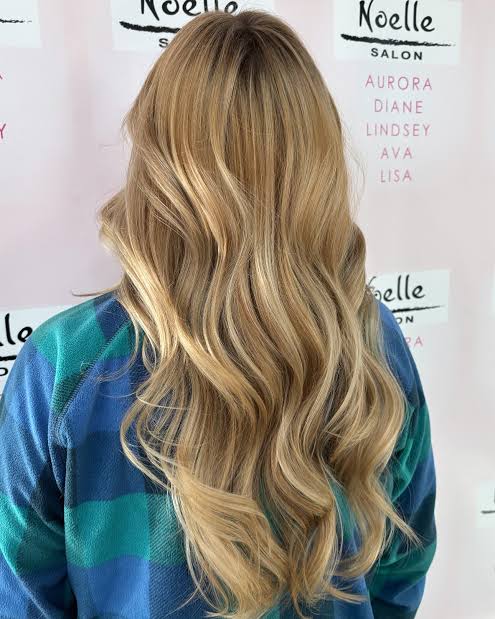
Hair bleaching is a chemical process that lightens hair by breaking down its natural pigments using peroxide-based agents to create a new look. The darker your hair, the more pigment it contains—and the longer the bleach must stay on to lift the color. Factors like your original shade, hair health, and processing time impact the results. Darker tones may initially lighten to reddish or yellow hues, while lighter hair can more easily reach pale blonde or platinum shades.
How Bleaching Affects Hair Structure?
If done incorrectly, hair bleaching can damage the hair shaft. The process uses strong chemicals to strip natural pigments, producing lighter or colorless hair. This breaks down the protective outer layer, reducing moisture and leading to dryness, brittleness, and increased porosity.
Consequently, your hair becomes more prone to breakage and damage from heat styling and environmental factors. Additionally, bleach can alter elasticity, making hair stretchier before breaking. Considering these effects and taking precautions when bleaching at home is essential.
What to Know Before You Bleach?
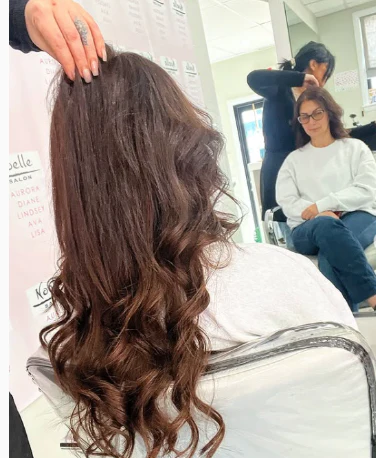
Before starting your hair bleaching journey, evaluate a few key aspects. Conduct a sensitivity test for allergies to prevent severe reactions. Choose the right bleach and developer based on your hair health and desired color. Assess your hair's overall condition, as watching informative videos on YouTube can help ensure that not all types can withstand intense bleaching.
Test for Allergies and Sensitivity
Before starting the bleaching process, test for allergies like you would with a new skincare product. Apply a small amount of hair bleach on a skin patch (behind the ear or inside the elbow) and wait about 30 minutes or as instructed. If you feel burning, itching, or discomfort, wash it off immediately and do not continue. This reaction may indicate an allergy or heightened sensitivity. Consult a professional stylist or dermatologist before proceeding.
Choose the Right Bleach and Developer
|
Type of Hair |
Recommended Bleach and Developer |
|---|---|
|
Fine, Light Hair |
Mild bleach (20-volume developer) |
|
Dark, Thick Hair |
Strong bleach (30-to-40 volume developer) |
|
Dry, Damaged Hair |
Lower volume developer, protein treatments, utmost caution needed |
Picking the perfect bleach and developer for your hair is crucial for the success of the bleaching process. This will depend primarily on your natural hair color, texture, and the overall health of your strands. The table above provides a general guide that could assist you in making the right choice. Always consider your unique hair type and condition before applying any strong chemicals.
Assess Hair Health Before Bleaching
Before bleaching your hair, conduct a thorough health assessment. If your hair is dry, damaged, or overprocessed, seek professional help to avoid severe damage. Previously dyed dark hair may not lift effectively with blonde or bleach dye. Additionally, if you recently had a texture-altering treatment like perming or straightening, wait at least one month before bleaching.
Want Gorgeous, Healthy Bleached Hair? Here's How to Do It Right
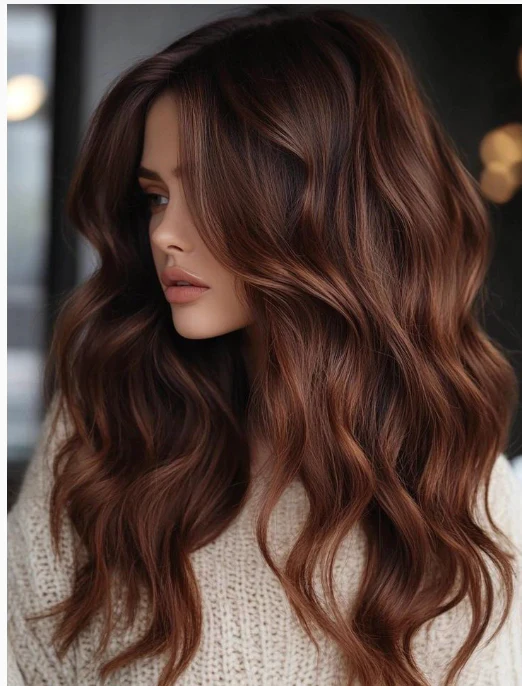
The key to success lies in proper preparation and understanding the process. By setting your hair up for success before applying bleach, you can achieve stunning lift while keeping your strands healthy. Make sure you're ready to go before you dive into the bleaching process to get the best results without the damage.
1. Start with unprocessed hair
Begin with healthy, unprocessed hair to achieve the best results. If your hair has been previously dyed or chemically treated, it may be more prone to damage. Make sure to give your hair time to recover before bleaching. Clean, natural hair allows the bleach to process evenly, preventing unnecessary damage. Healthy hair ensures you can achieve your desired colour without compromising the integrity of your strands.
2. Prep your materials
Gather your bleach powder, developer, gloves, a mixing bowl, a brush for application, and clips to section off your hair. Having a timer, a towel, and some old clothes you don't mind getting stained is also a good idea. When mixing, remember that for highlights, you will require less bleach. Having all your materials ready ensures a smooth and effective bleaching process.
3. Hydrate with coconut oil
Apply coconut oil to your strands for deep hydration the day before you bleach your hair. This helps protect your hair from the harsh chemicals in bleach by creating a barrier and locking in moisture. Coconut oil also strengthens your hair and reduces the risk of breakage during bleaching. Please leave it overnight for maximum hydration, then wash it before applying bleach.
4. Section the hair
Section your hair into manageable parts using clips. This makes applying bleach more even and thorough. Start by dividing your hair into four quadrants—two in the front and two in the back. Sectioning helps ensure the bleach is applied evenly from root to tip, preventing patchy results. It also allows you to work more quickly and precisely, essential for an even outcome.
5. Apply the bleach mid-length
When applying the bleach, start from the mid-lengths of your hair, avoiding the roots. The scalp processes heat, making your roots lighten faster. Beginning at the mid-length gives the rest of your hair enough time to lift while preventing over-processing at the roots. Apply the bleach evenly, ensuring every strand is covered, but don't rush. Be patient to achieve the best results.
6. Set the timer
After applying the bleach, set a timer according to the instructions on the bleach package. It's crucial not to exceed the recommended processing time, as over-bleaching can cause unnecessary damage. Check your hair every 10 minutes to ensure it's processing evenly. The timer will help you keep track of time, so you don't accidentally leave the bleach on too long, which can lead to breakage.
7. Rinse it out
Once the processing time is up, thoroughly rinse the bleach with cool, lukewarm water. Be gentle while rinsing to avoid tangling or causing breakage. Ensure all the bleach is removed, then follow up with a deep conditioner to replenish moisture. Cool water helps close the cuticles and lock in hydration. Rinse until the water runs clear and your hair feels free from bleach residue.
8. Dry your hair and assess it
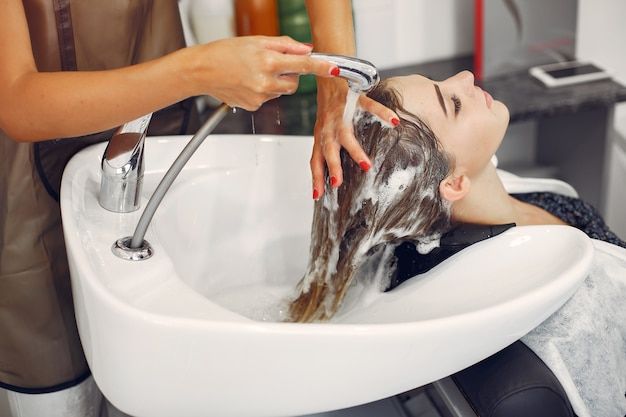
After rinsing, gently towel dry your hair to remove excess water. Assess your hair's color and texture. If your hair isn't light enough, you may need to do another round of bleaching, but remember to give it time to rest. If the color looks good, proceed to the next step. Drying your dehydrated hair lets you see the final result more clearly.
9. Use a toner or purple shampoo
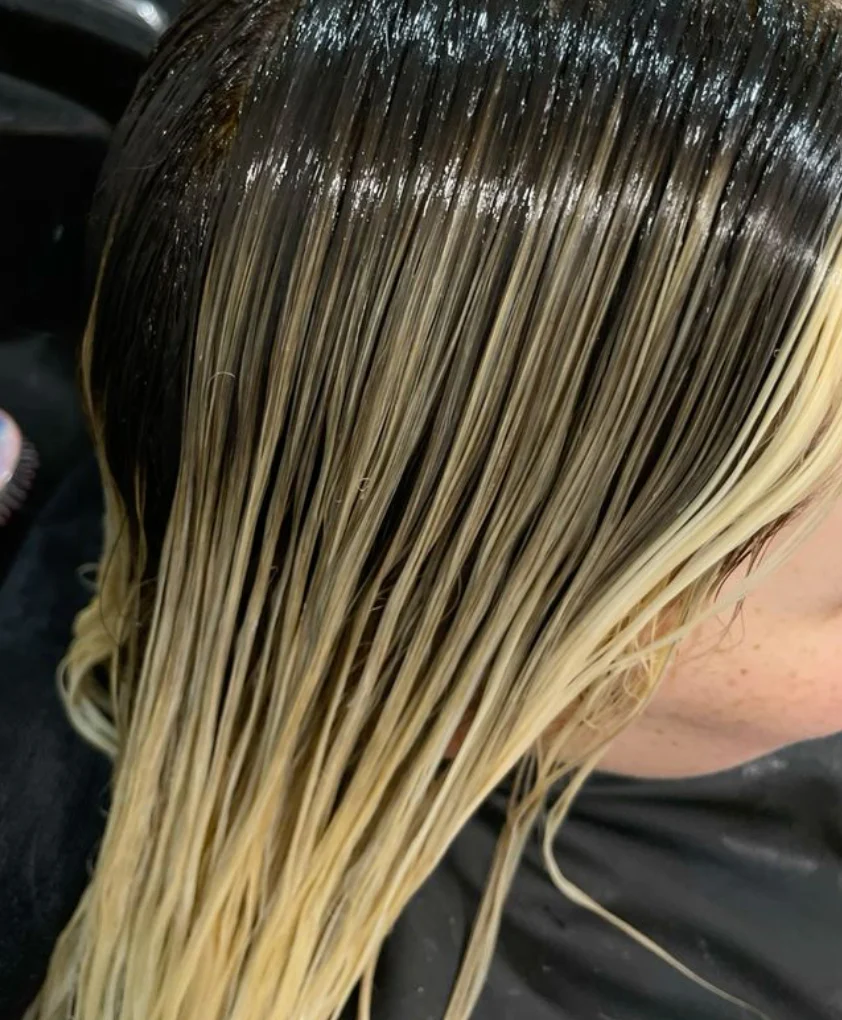
Use toner or purple shampoo to neutralize your hair's brassy or yellow tones. Purple tones counteract the yellow and orange hues that often appear after bleaching. Apply the toner or shampoo according to the instructions and leave it on for the recommended time. This step helps you achieve a cooler, more natural blonde and is essential to ensure your bleach job looks polished and even.
10. Hair Repair
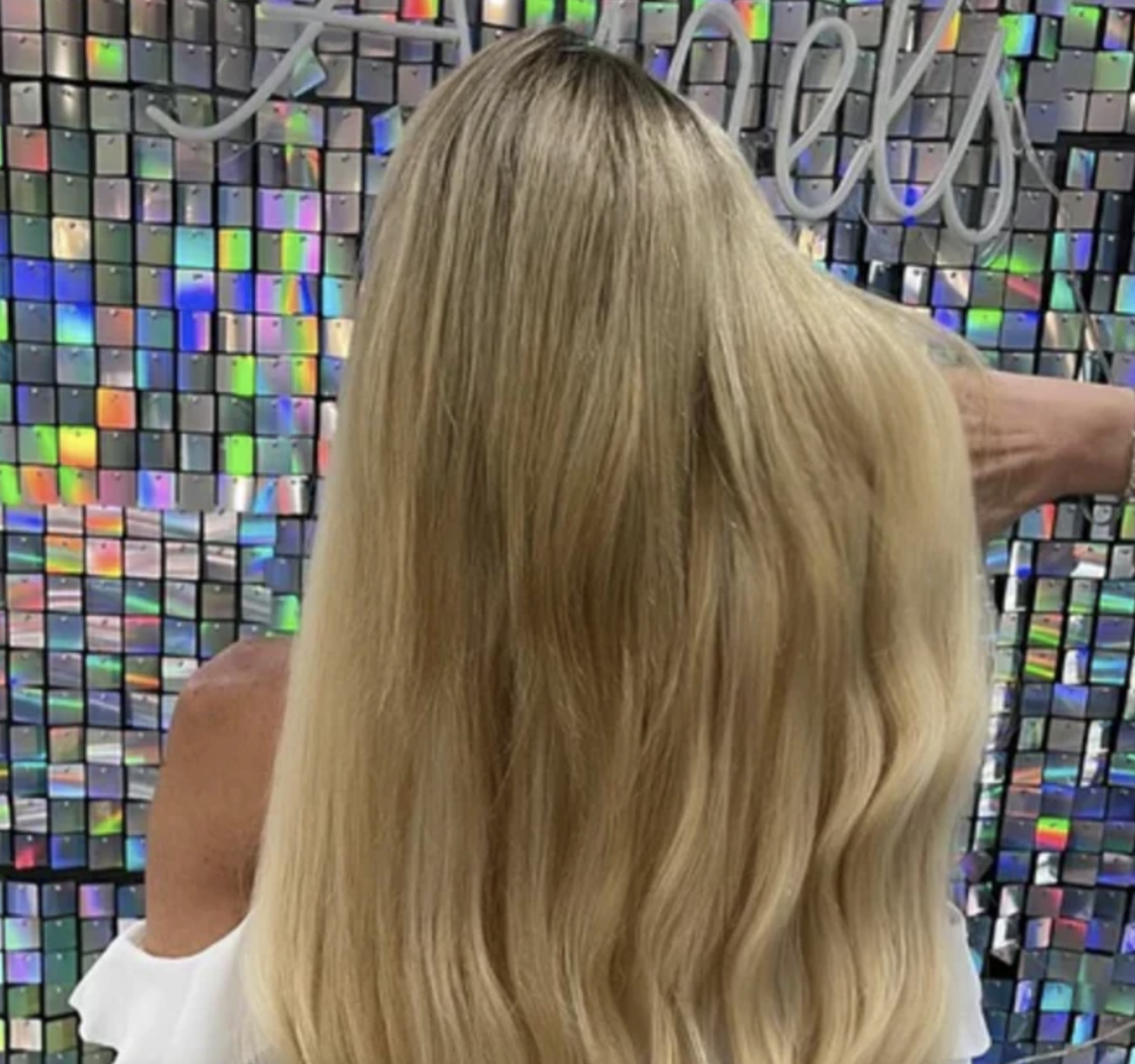
After bleaching, your hair will likely need some extra care. Use a nourishing hair mask or deep conditioning treatment to restore moisture and prevent breakage, which is crucial for maintaining your hair's integrity. You can also apply hair oils like argan or jojoba to add shine and strengthen your hair. Regular treatments will help maintain your hair's health and keep it looking vibrant. Avoid heat styling immediately after bleaching to give your hair time to recover.
Transform Your Locks with Confidence at Noelle Salon!
Looking to bleach your virgin hair? Trust Noelle Salon's expert stylists to give your hair the perfect lift while ensuring it stays healthy and vibrant. Using top-quality products and the latest techniques, we'll help you achieve your desired shade without compromising your hair's integrity. Please book your appointment today and discover how our personalised hair care can elevate your look to the next level!
Conclusion: Ensuring Healthy Bleached Hair
Bleaching hair doesn't have to mean damage, especially when done correctly. With proper precautions and the right products, even virgin hair can be safely lifted to beautiful blonde shades. Each step should be meticulously followed, from sensitivity tests and hair health assessments to hydrating with coconut oil and careful bleach application while paying attention to the back of your head. After your transformation, treat your hair and scalp gently. Space out touch-ups and complement each session with deep hydration and protein treatments. Bleaching at home empowers you to express your unique personality through stunning color!
Frequently Asked Questions
Can I bleach my hair again if it didn't lighten enough the first time?
Yes, you can bleach your hair again if the desired level of lightness was not achieved in the first attempt. However, it is important to give your hair a break of at least one week to ensure you are not over-processing or causing excessive damage.
How often should I bleach my roots?
Root touch-ups should ideally be done every 4-6 weeks. This allows for minimal variation between the natural hair color and the bleached hair, ensuring that there is less possibility of banding or uneven tones.
What are the best products for maintaining bleached hair health?
An enriching conditioner, a strengthening protein treatment, a deep moisturizing mask, and a color-safe, sulfate-free shampoo are all crucial to maintaining the health of bleached hair. A purple shampoo or toner can help keep the calm, effervescent tones most desired in blonde hair.
